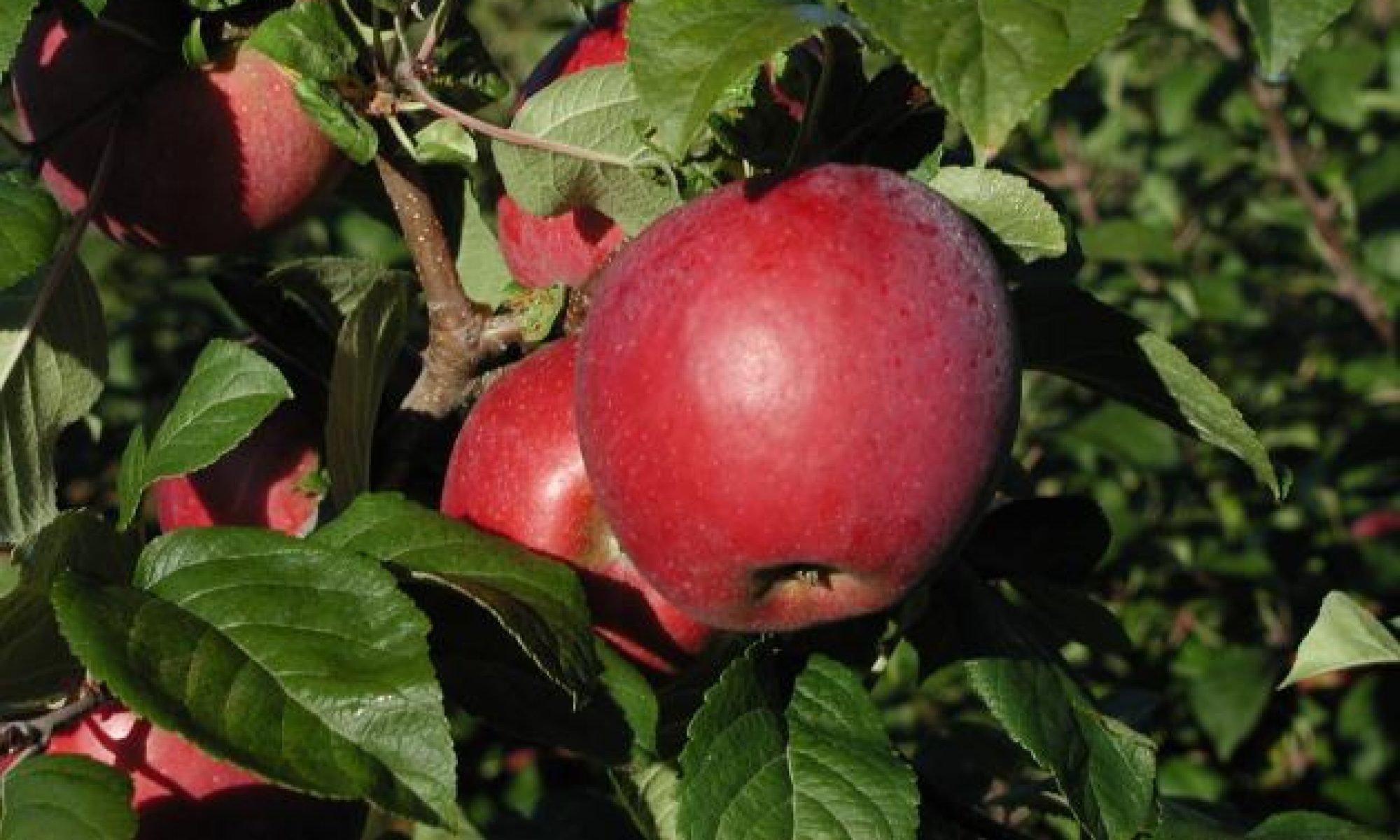Apples do not come true from seed, so when we plant apple seeds, the plants that result are not the cultivar that we obtained the seeds from. If we take six seeds from an apple and plant them, the resulting trees will produce fruit that is different from fruit on the parent tree, and the seedlings will be different from each other. To maintain a cultivar, we have to propagate the tree vegetatively. Since apple cuttings are difficult to root, …
Why do nurseries use budding versus grafting?
Budding is often used because a single scion bud is inserted into the rootstock to produce a new tree. Also, with budding, many trees can be produced from a stick of bud wood that has different sized buds.
In contrast, a piece of scion wood with two buds is used in grafting, and the diameter of the rootstock and the scion piece must match precisely to form a union. Thus, fewer trees can be propagated by grafting as compared to …
Which apple rootstocks are susceptible to fire blight?
Consider the relative susceptibilities of the scion and rootstock to fire blight when establishing new orchards. There is considerable variation among apple cultivars (and pear cultivars) in susceptibility to fire blight, although none are immune. Some cultivar/rootstock combinations are so susceptible to fire blight that investments in these combinations are extremely high risk. In the eastern United States, ‘Gala’ on M.26 is an example of a high-risk combination. For more information, read this article on Fire Blight of Apple.…
What is a dwarfing rootstock?
Apple seeds that are planted do not produce a replica of the type of fruit that was planted; therefore, trees must be propagated by vegetative means such as budding or grafting. Typically, they are grafted onto a rootstock, which is just another apple selected for certain characteristics, such as dwarfing and/or disease resistance. (But not eating quality!) The rootstock provides many benefits to the finished tree. The most important one is ultimate tree size control.
In apples, tree size has …
Do I have to stake all trees on all rootstocks?
No, you do not have to stake all trees. Generally, since we do not have commercialized dwarfing rootstocks for most stone fruits, these trees do not need to be staked. Apples are the primary tree fruit crop that needs to be staked, but not all rootstocks need to be staked; however, all trees benefit in their early life from staking to prevent wind whipping and leaning. The more size-controlling the rootstock, the greater the need to stake the tree. Trees …
For an apple tree, how many inches above the soil should I keep the graft union after planting?
For trees on size controlling rootstocks, the bud union should be 3 to 6 inches above the soil line. Remember that in some instances the tree can settle causing the bud union to become covered with soil. If the union is covered it may allow the scion to develop roots and the benefits of the size controlling rootstock could be lost. Conversely if the union is too high you may experience increased size control resulting in a smaller tree than …
What do apple rootstock leaves look like?
A general description of rootstock leaf characteristics does not exist, because each rootstock has leaves that are characteristic of that particular rootstock. Rootstock leaves, like cultivar leaves, can vary in size, shape, color, leaf margin serration, pubescence, petiole thickness, and petiole length. Also, they differ by the presence of stipules at the petiole base, and leaves may be flat or cupped. In general, the rootstock leaves will look different than the leaves on the scion cultivar, so one should be …
Will an apple tree grow differently if I plant the graft union high above the soil or close to the ground?
The planting depth is critical, especially for trees on dwarf or semi-dwarf rootstocks. When planting, dig the hole deep enough to allow the tree to be planted with the graft union 2 to 3 inches above the ground. If the tree is planted too deep and the graft union is below the ground level, the scion variety will form roots and the tree will become a standard-sized tree. Also, if the graft union is buried, the tree may send up …
What are burr knots?
Burr knots are root initials that develop above ground. Rootstocks are selected for their ability to produce roots, but some rootstocks try to produce roots above the ground. The severity of burr knot development differs depending on the variety and region. In several rootstock trials, trees in Virginia tended to produce more burr knots than trees in most other locations. Sometimes several burr knots will coalesce and partially girdle the tree. Burr knots are considered undesirable because they can be …
How should I choose among dwarfing rootstocks for my apple orchard?
Choosing the best dwarfing rootstock for your orchard will depend on multiple factors. Probably one of the most important is the cultivar that will be propagated on the rootstock. Cultivars vary greatly in vigor, with some being very weak growing (‘Honeycrisp’) compared to others that are very vigorous (‘Cripps Pink’/’Pink Lady’). You should select the cultivar/rootstock combination that will give you the desired tree size for your desired tree density, support system, soil, and management system.
The disease sensitivity of …
